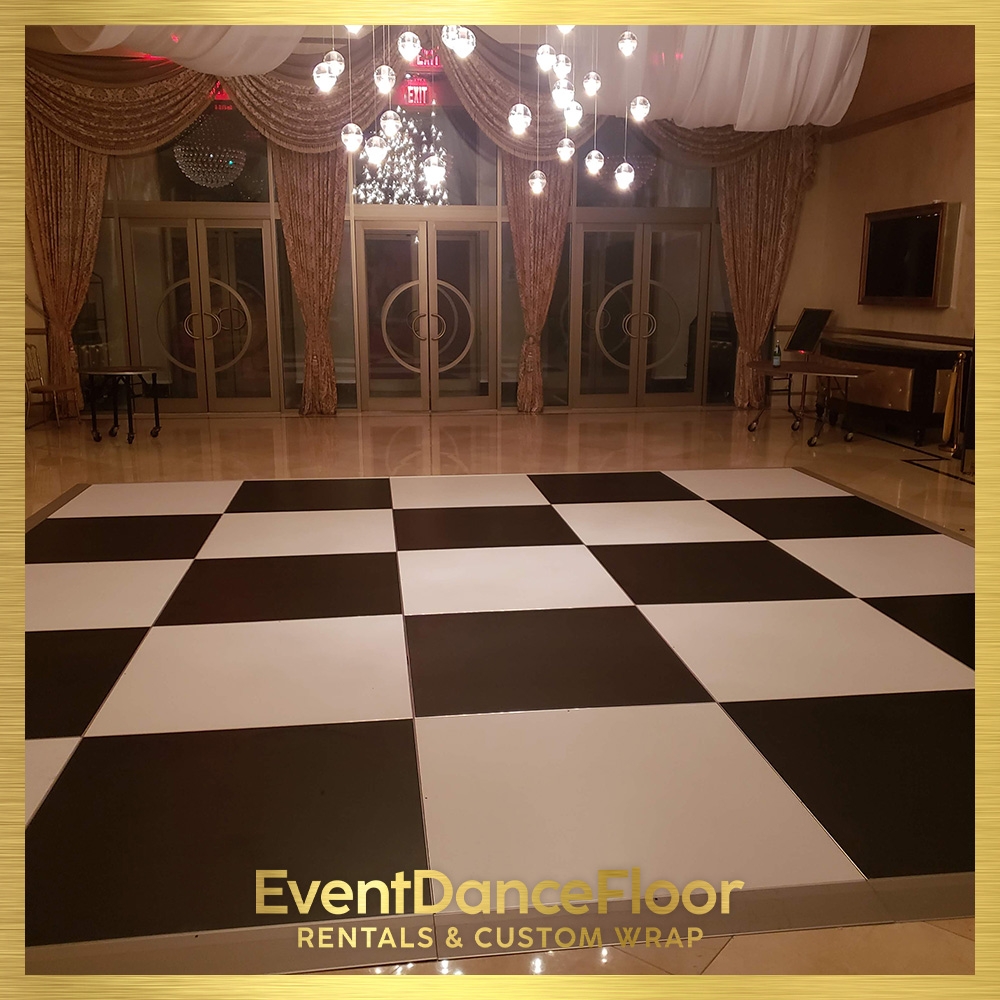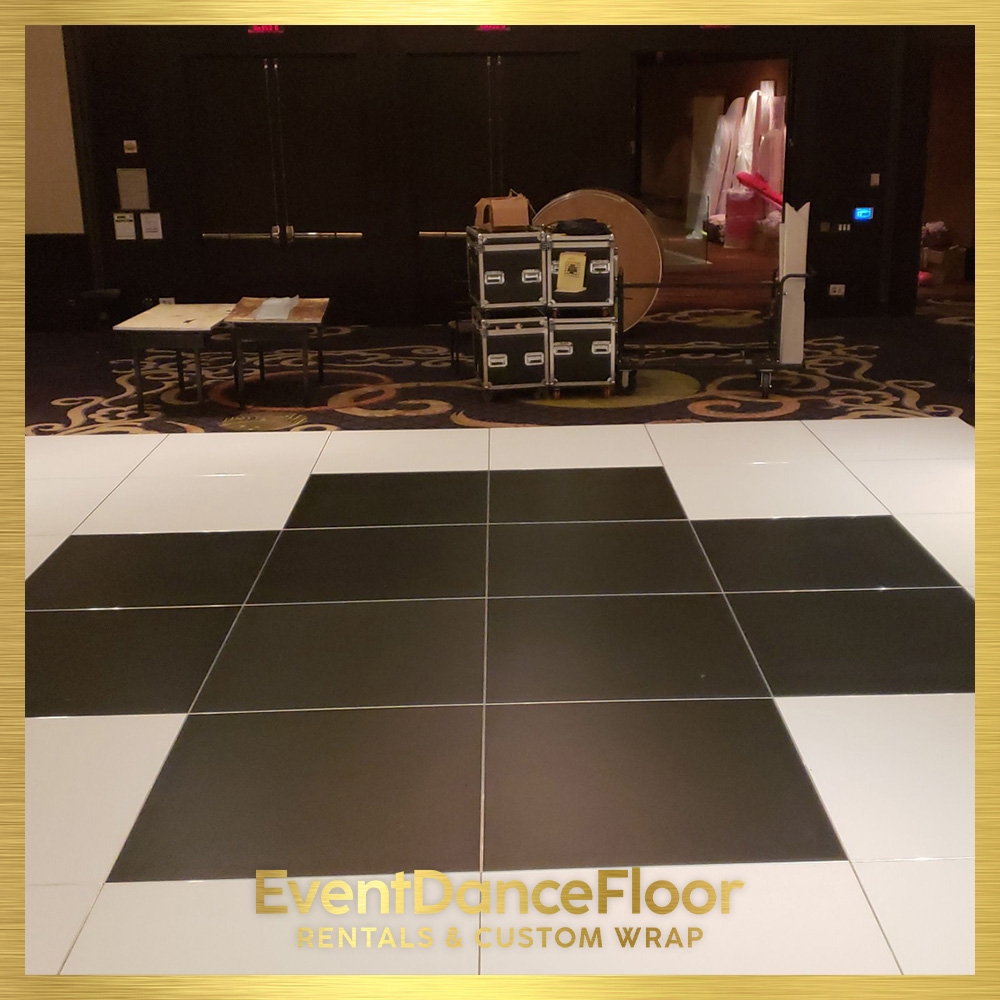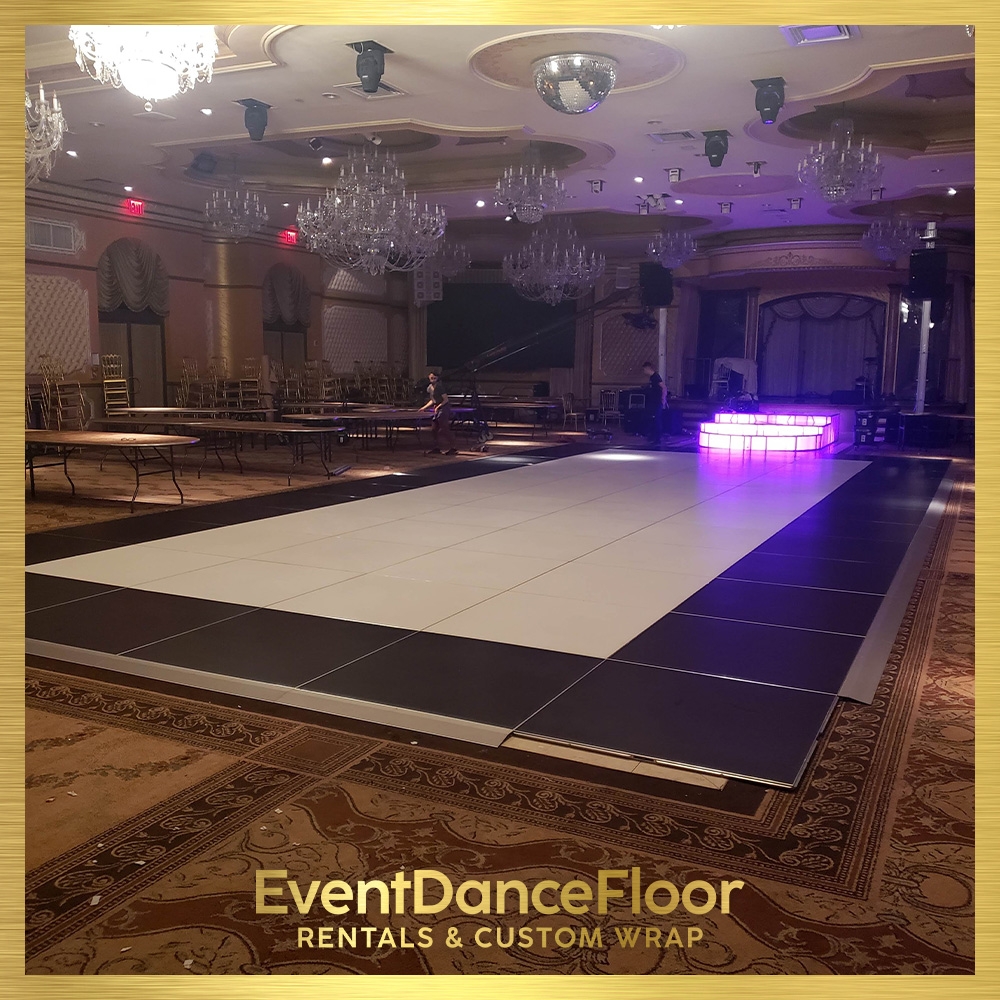Pressure-Sensitive Footstep Recognition Systems
How do pressure-sensitive footstep recognition systems differentiate between different individuals based on their unique foot pressure patterns?
Pressure-sensitive footstep recognition systems differentiate between different individuals based on their unique foot pressure patterns by analyzing the distribution of pressure points, the timing of each step, and the overall gait pattern. Each person has a distinct way of walking, which results in specific foot pressure patterns that can be captured and compared for identification purposes. By using advanced algorithms, these systems can accurately match the recorded footstep patterns to a specific individual, allowing for reliable identification.
Dance Floor Technology and Innovation







